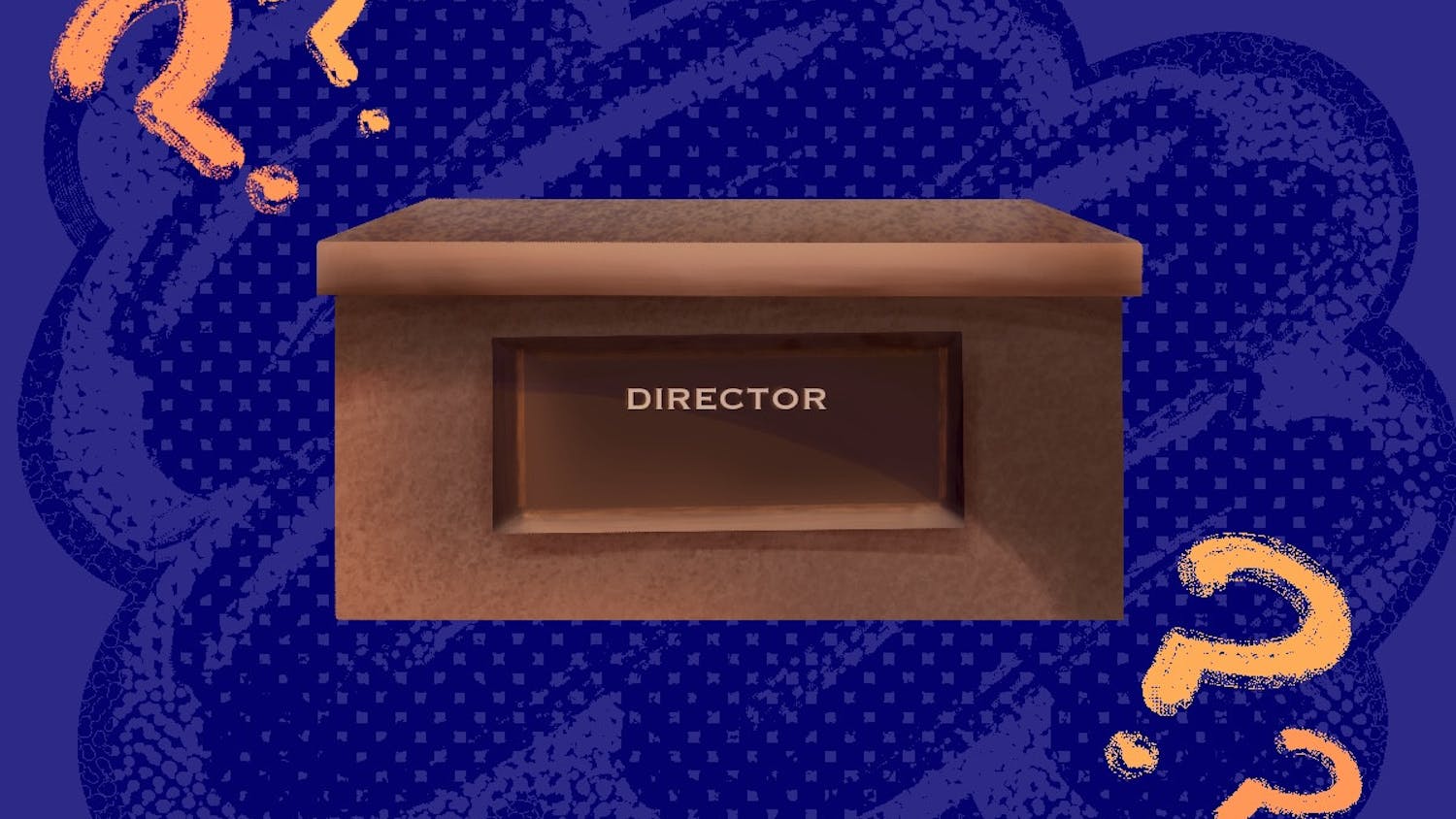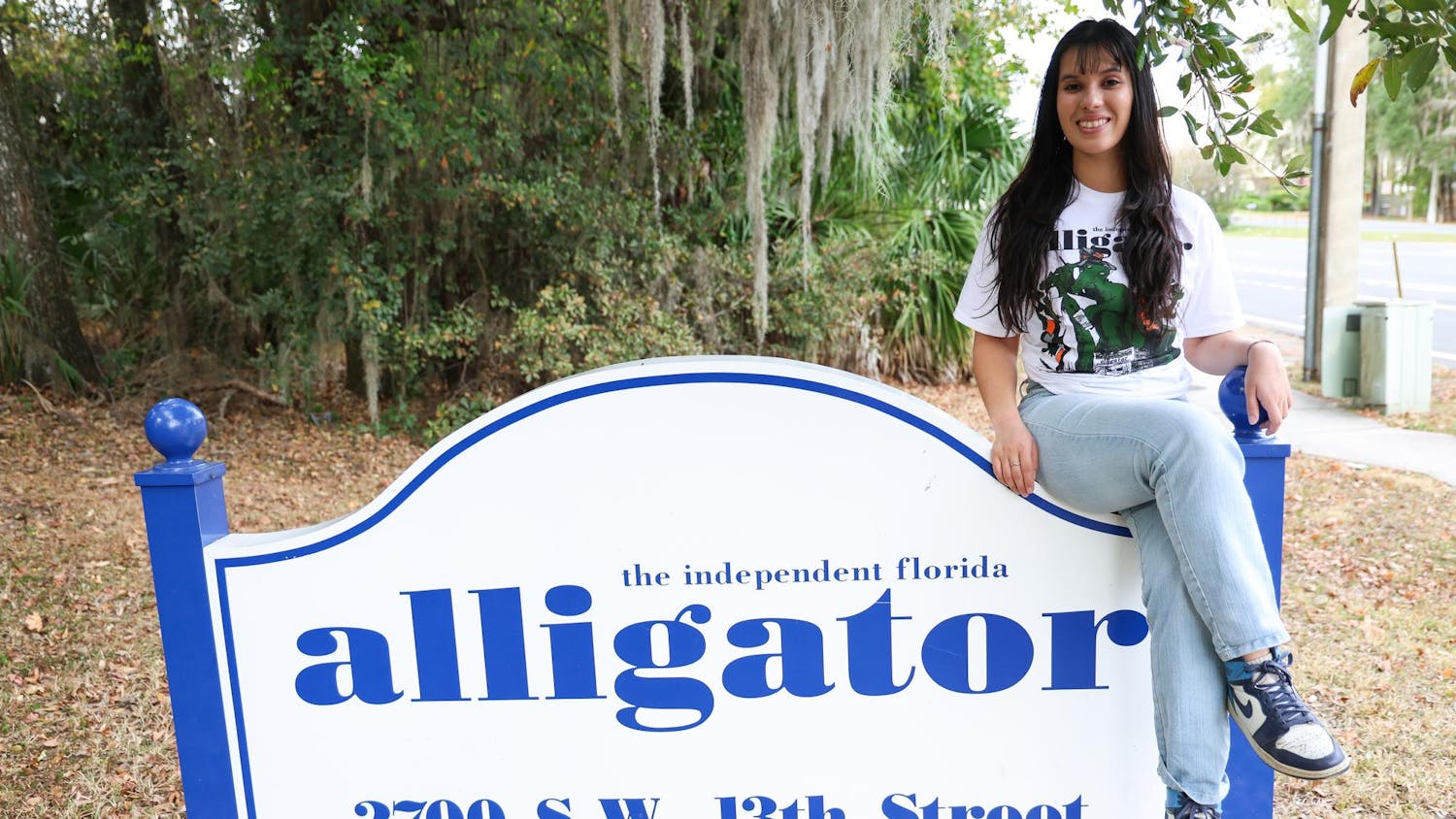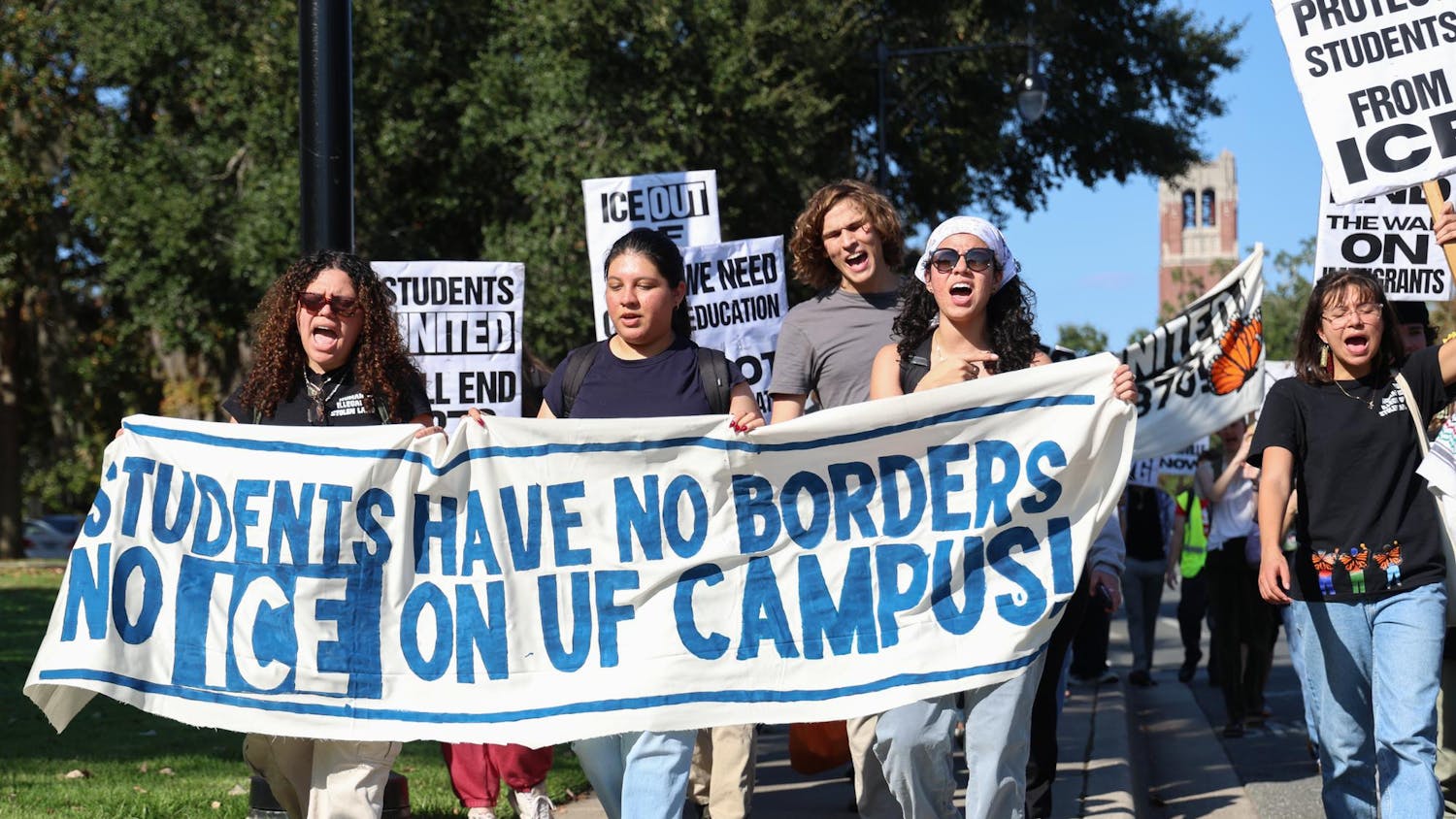Stop and think about it: We constantly use electricity throughout our daily lives. Whether we are texting on our iPhones, watching TV or lighting our homes, energy is integral to our way of life.
When we flip a switch, we don’t think twice about how the lights turn on. So, where does all of this electricity come from?
According to the U.S. Energy Information Administration, America’s top three sources of electricity in 2011 were coal, with 42 percent; natural gas, with 25 percent; and nuclear, with 19 percent. Nuclear is the only of these sources that emits zero carbon. It is disheartening that more than half of our electricity generation is produced from fuels that have damaging effects on our climate. If we continue down this path, our children and their children will be left with a planet barely comparable to the one we inherited. It takes a long time to reverse the effects of carbon emissions. Our generation knows we need to begin to solve the problem. Nuclear power is a viable solution.
As engineering students, we see nuclear power as a way to contribute to society as professionals and as citizens. We welcome the challenge. We embrace it. It is our future.
What is so great about nuclear power? To start, nuclear power plants are a major step toward achieving zero carbon emissions and reducing background radiation in the atmosphere.
Obviously, nuclear plants emit less carbon into the air. But you may not know that nuclear power plants that meet government regulations release less radiation into the air than coal plants, wrote Alex Gabbard, a principal investigator for the Oak Ridge National Laboratory’s nuclear energy program, in a report.
Additionally, nuclear fuel has a much higher energy density than fossil fuel. One uranium fuel pellet — about one-third the size of the average person’s smallest finger — will produce the same amount of electricity as one ton of coal. Opponents argue that nuclear energy produces nuclear waste. Remember, however, that these used nuclear fuel pellets are extremely compact. These pellets are in solid form, so they are controllable and do not escape into the atmosphere.
We cannot, however, control carbon dioxide after it is released into the atmosphere from fossil fuel power plants. Once carbon is released, there is nothing we can do to protect the environment or ourselves.
Remember, too, that the so-called nuclear waste is more like an untapped resource. According to the World Nuclear Association, more than 95 percent of used fuel from “nuclear waste” is made up of uranium that can be recycled and reused to generate electricity.
Fossil fuels lack this quality. Other countries, such as France and Japan, have figured this out. They recycle and reuse their used nuclear fuel, using technology that America could use — yet we still do not recycle.
We cannot afford to use fossil fuels as our majority source of electricity. Although some other zero-emission energy sources, such as wind and solar powers, can be used in small quantities, they have low energy-density and are quite expensive. We cannot wait for them to become cost-effective before we deploy large quantities of zero-emission electricity from nuclear power. We need to embrace nuclear energy now.
Expanding our use of nuclear power to generate electricity would ensure energy sustainability and, perhaps more important, maintain a clean and livable planet for generations to come. The future engineers of our generation are ready to make this happen.
Nicholas Yap and Diego Garcia are nuclear engineering students at UF. Diego Garcia is a University Research Scholar and serves as President of the American Nuclear Society Student Section at UF.





